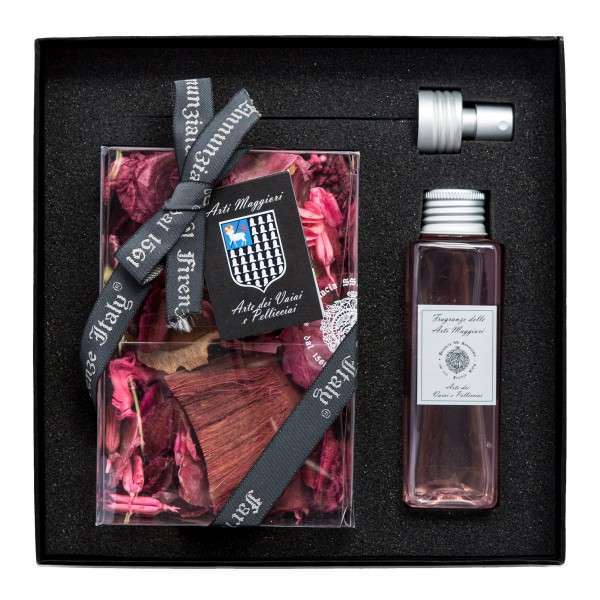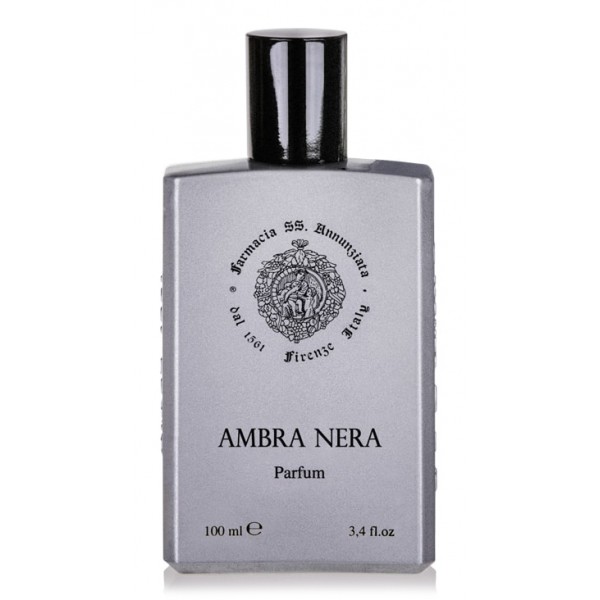No products
Categories
- Fashion Accessories
- Clothing
- Beauty & Lifestyle
-
Hi-Tech & Lifestyle
- Gaming
-
Case
- iPhone 11 Pro
- iPhone 11 Pro Max
- iPhone 11
- iPhone X / XS
- iPhone XS Max
- Samsung S10 / S10+ / S10e
- Huawei P30 / P30 Pro / P30 Lite
- Huawei P20 / P20 Pro / P20 Lite
- iPhone XR
- Samsung S9
- Samsung S9+
- iPhone 8 / 7
- iPhone 8 Plus / 7 Plus
- Samsung S8
- Samsung S8+
- Samsung S7
- Samsung S7 Edge
- iPhone 6 / 6 s
- iPhone 6 Plus / 6 s Plus
- iPhone 5 / SE
- Skin
- Audio
- Smart Home
- Drones & Hoverboard
- Photo & Video
- Desk Supplies
- Accessories
- Games
- Beverages
- Food
- Home
- Jewelry
- Luxury
- Travel
- Art
- Footwear
- Vintage Fashion
- Restaurants
- Sport
- Animals
- Gift Ideas
- Kidswear
Extra
Farmacia SS. Annunziata 1561
None of The Old Traditions have Been Lost. None of The Benefits of Modern Technology have Been Neglected

In 1561 the chemist Domenico di Vincenzo di Domenico Brunetti was the first manager of the Santissima Annunziata Pharmacy about whom we have information. (A.S.F. – Decima Granducale 3784 cc. 110v. – 111r A.S.F. – Arte dei Medici e Speziali, 12, c.123v.). Since that time the Farmacia Santissima Annunziata has always mantained, apart from the usual prestige typical of every pharmacy at that age, a special tradition in preparing galenic prescriptions and products for hygiene and the beauty of the skin. We have graduated, from ancient processes completely handmade, with pestle and mortar, to special quality controlled preparations made with modern and safe machinery, giving special attention to high standards and throughly researching our prescriptions which are made both with traditional and new raw products.
Presentation Farmacia SS. Annunziata 1561
-
Farmacia SS. Annunziata 1561 - Arte della Lana - Ceramic + Recharge - Room...
Arte della Lana: (1317) This Guild was perhaps the major source of wealth and power of Florence: it did in fact help spread the city’s products worldwide. It saw to all the various processes from the raw baled wool through to the final cloth. A “wool stamp” was stitched onto each Florentine product, to protect it against counterfeiting. Ceramic Tablet +...
36,00 € -
Farmacia SS. Annunziata 1561 - Arte della Seta - Ceramic + Recharge - Room...
Arte della Seta: (1248) Originally called “Arte di Por Santa Maria” due to its vicinity to the namesake city gate. Thanks to the increase in the production of fabrics and great expansion of trade, the association took the name of Arte della Seta. Its members worked silk drapes woven with gold, silver and every other colour. Freshness of a lightweight and...
36,00 € -
Farmacia SS. Annunziata 1561 - Arte dei Giudici e Notai - Pot Pourri +...
Arte dei Giudici e Notai: (1212) Corporation which gave a very strong contribution to all the Guilds in view of the continuous need for Judges and Notaries in dealing with the considerable paperwork involved. Among the Notaries, a “Proconsul” was appointed, the highest authority recognized by all the Guilds. Pot Pourri + Recharge.
36,00 € -
Farmacia SS. Annunziata 1561 - Arte dei Medici e Speziali - Pot Pourri +...
Arte dei Medici e Speziali: (1349) The old doctors (medici) practised medicine and surgery, prepared the medicines to administer to patients and were also profound philosophy scholars. The pharmacists (speziali) on the other hand, obtained and sold the herbs, drugs and spices needed to prepare medicines. They also traded in perfumes and essences, as...
36,00 € -
Farmacia SS. Annunziata 1561 - Arte dei Mercatanti - Pot Pourri + Recharge -...
Arte dei Mercatanti: (1182) The Florentine entrepreneurs who belonged to this ancient corporation imported rough cloth from abroad, refining and finishing it and then selling it. Together they formed powerful trading companies, opening up various branches in many European cities and in North Africa, making huge profits from trade and known on major...
36,00 € -
Farmacia SS. Annunziata 1561 - Arte dei Vaiai e Pellicciai - Pot Pourri +...
Arte dei Vaiai e Pellicciai: (1266) The vair workers specialized in working squirrel skins and the furriers all other hides. From the raw hides, the vair workers and furriers obtained refined garments by tanning and subsequent production processes. The transformation from spiny and solitary bush to refined and sensual flower; an explosion of rosy...
36,00 € -
Farmacia SS. Annunziata 1561 - Arte del Cambio - Pot Pourri + Recharge - Room...
Arte del Cambio: (1202) The Florentines excelled in this activity, which consisted in exchanging the numerous foreign currencies with that of Florence (gold florin), in granting loans and in sending currency from one country to another by means of “letters of exchange”, a method which became widespread to safely transfer large amounts of money. Pot Pourri...
36,00 € -
Farmacia SS. Annunziata 1561 - Arte della Lana - Pot Pourri + Recharge - Room...
Arte della Lana: (1317) This Guild was perhaps the major source of wealth and power of Florence: it did in fact help spread the city’s products worldwide. It saw to all the various processes from the raw baled wool through to the final cloth. A “wool stamp” was stitched onto each Florentine product, to protect it against counterfeiting. Pot Pourri +...
36,00 € -
Farmacia SS. Annunziata 1561 - Arte della Seta - Pot Pourri + Recharge - Room...
Arte della Seta: (1248) Originally called “Arte di Por Santa Maria” due to its vicinity to the namesake city gate. Thanks to the increase in the production of fabrics and great expansion of trade, the association took the name of Arte della Seta. Its members worked silk drapes woven with gold, silver and every other colour. Freshness of a lightweight and...
36,00 € -
Farmacia SS. Annunziata 1561 - Scentable Ceramic Tablet - Room Fragrance -...
Scentable ceramic tablet (it can be scented with any fragrance: edt, edp parfum or perfumed water).
14,00 € -
Farmacia SS. Annunziata 1561 - 450 - Fragrance - Fragrance Line - Ancient...
A noble Tuscan aroma. A royal fragrance, celebrating the 450 years of the brand. The indigenous note of Iris celebrates the fantastic bond between the brand and its land.
135,00 €Sold Out - Not Available -
Farmacia SS. Annunziata 1561 - 450 Concentrato - Fragrance - Fragrance Line -...
Following the rules of our tradition established over a hundred years ago, we bring you the Concentrato, a perfume with unique qualities created by our master perfumers by combining passion and expertise.
170,00 €Sold Out - Not Available -
Farmacia SS. Annunziata 1561 - Agrumi - Fragrance - Fragrance Line - Ancient...
A citrus-flavoured aroma. A Mediterranean fragrance; a journey to warm lands, glimpes of citrus groves, the announcement of summer.
95,00 €Sold Out - Not Available -
Farmacia SS. Annunziata 1561 - Ambra Nera - Fragrance - Fragrance Line -...
A warm and enveloping aroma. A sensuous fragrance; its mysterious charm reflects the central note with which it was created.
135,00 €Sold Out - Not Available -
Farmacia SS. Annunziata 1561 - Arabico - Fragrance - Fragrance Line - Ancient...
An intense and strong aroma. An African fragrance, an encounter between woody and earthy notes, special moments of North African life.
135,00 €Sold Out - Not Available -
Farmacia SS. Annunziata 1561 - Aromadite - Fragrance - Fragrance Line -...
A sweet and citrus-flavoured aroma. An exotic fragrance; a recollection of faraway places, the scent of you.
135,00 €Sold Out - Not Available -
Farmacia SS. Annunziata 1561 - Deodorant Cream with Vitamin E (Alcohol Free)...
Creamy alcohol-free emulsion, specifically formulated for a specific deodorising, instantly rebalancing and protective effect. Inhibits the development of excessive pathogenic bacterial flora, without compromising the skin’s physiological balance and pH. Targeted ingredients prevent perspiration being broken down by micro-organisms and the consequent...
14,00 € -
Farmacia SS. Annunziata 1561 - Cara - Fragrance - Fragrance Line - Ancient...
A sweet and citrus-flavoured aroma. An exotic fragrance; a recollection of faraway places, the scent of you.
118,00 €Sold Out - Not Available -
Farmacia SS. Annunziata 1561 - Deodorant Gel with Vitamin E (Alcohol Free) -...
Gel deodorant containing some alcohol, formulated specifically to deodorise and ensure long-lasting freshness. A formulation that inhibits the growth and proliferation of bacteria responsible for the production of unpleasant odours. An effective antibacterial with no significant impact on physiological flora, which does not prevent natural perspiration.
14,00 € -
Farmacia SS. Annunziata 1561 - Chia - Fragrance - Fragrance Line - Ancient...
A sweet and refined aroma. A cotton candy fragrance, a reminiscence of festivals and games, eternal childhood.
118,00 €Sold Out - Not Available -
Farmacia SS. Annunziata 1561 - Deodorant with Cornflower - Alcohol Free -...
Ecological alcohol-free, spray solution, specifically formulated to regulate excessive perspiration and ensure protection against dampness. Kalinite reduces excessive perspiration thanks to an astringent effect, that is, it triggers temporary occlusion of the sweat ducts, controlling the flow of perspiration. It removes the cause of the formation of odour.
26,00 €























